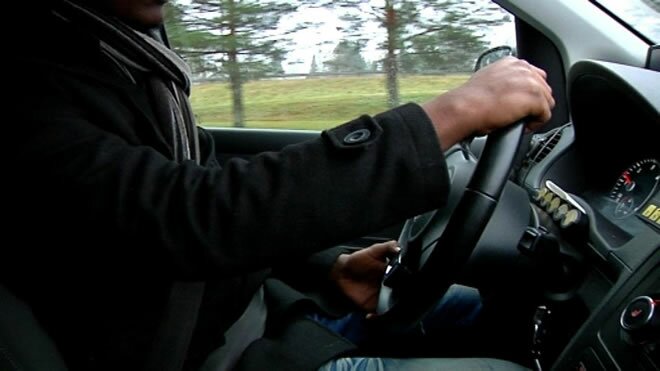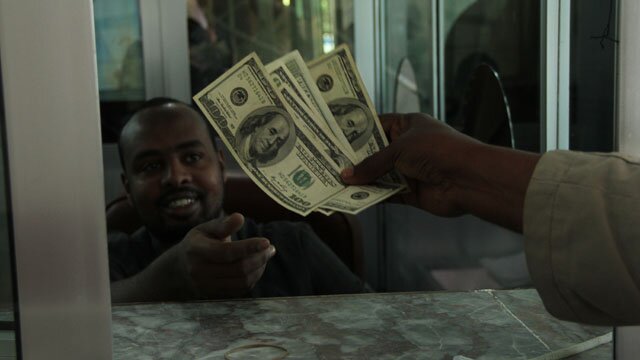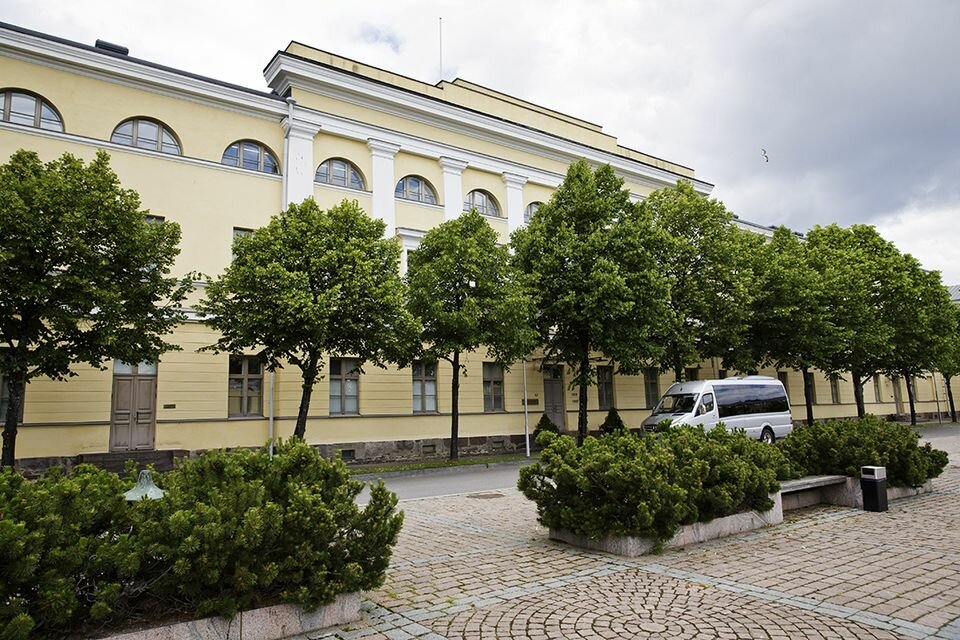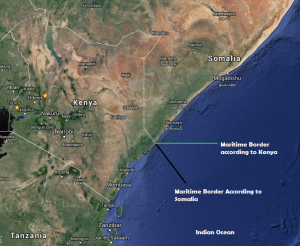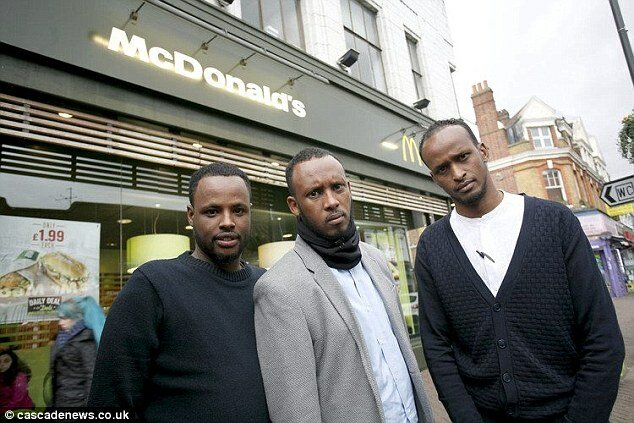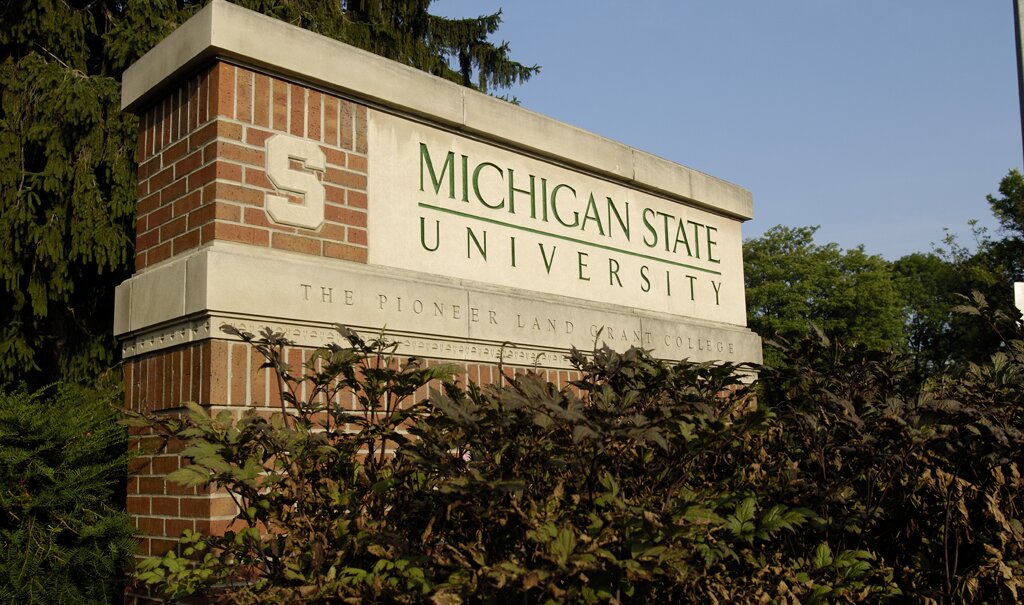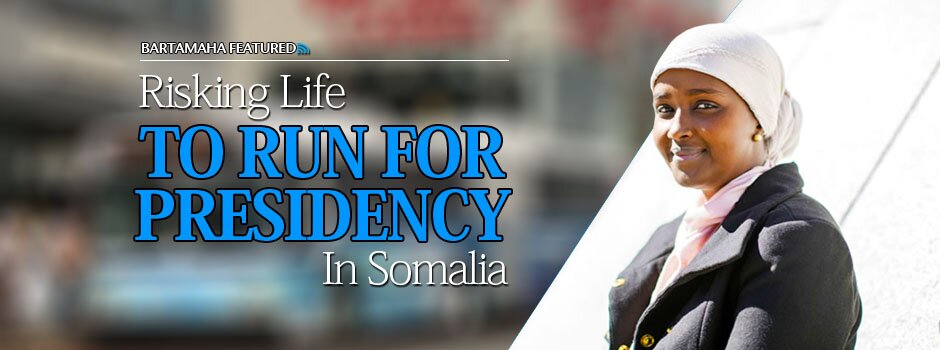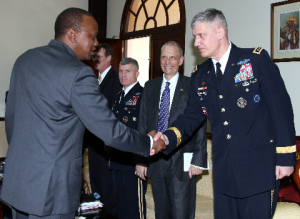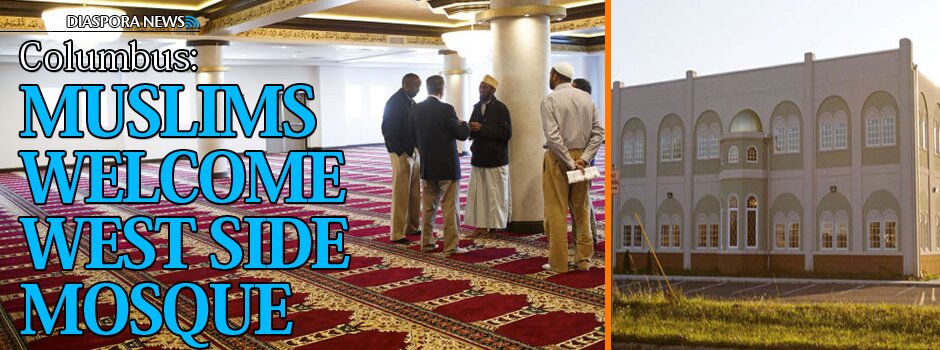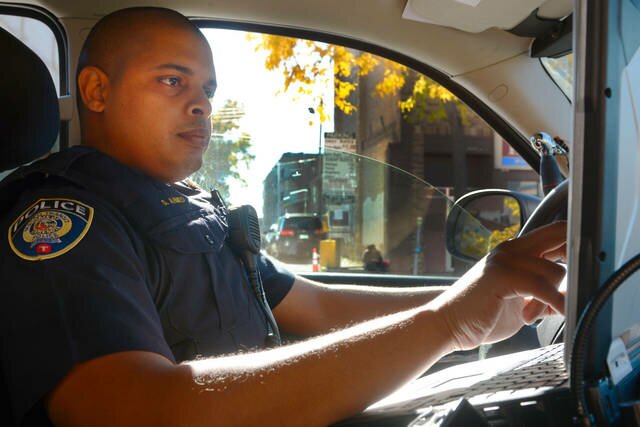Somali gangs ‘evolving’
 Bartamaha (Minneapolis):- Minnesota – The girl was 12 when the gangsters told her the rule: They would sell her for sex to men outside the gang, but members of the Somali Outlaws or the Somali Mafia would use her for free.
Bartamaha (Minneapolis):- Minnesota – The girl was 12 when the gangsters told her the rule: They would sell her for sex to men outside the gang, but members of the Somali Outlaws or the Somali Mafia would use her for free.
For more than two years she was taken on “missions” to abandoned garages, men’s bathrooms, apartments and hotels, enduring hours with multiple men so gang members could get money, pot or booze. Although her mother confronted two of the men twice early on and warned them the girl was not even 13 years old, they continued to prostitute her.
Eventually some of the gang members took her on the road to new customers in Nashville, Tennessee, while the man she called her “boyfriend” allegedly used a cellphone to send images of her engaging in sex acts with men in the car along the way.
The enterprise described in a federal indictment has shocked members of Minnesota’s Somali community, the largest in the United States. It also suggests that gangs known in recent years for armed robberies, burglaries and even killings of fellow East African immigrants have evolved into more lucrative activity and are taking their crimes from Minneapolis to other parts of the country.
“It’s clear the life of the gang in the community is getting much more complicated,” said Omar Jamal, an advocate for the Somali community in Minneapolis. “It’s one thing to go out and have a random action. It’s something quite new to the community to have organised sex trafficking.”
In recent years, authorities and the community have been increasingly working together to fight the gangs and to steer Somali youth in positive directions. Community centres and mosques created youth basketball and soccer tournaments to keep kids busy, and they have held forums to discuss issues as they arise, including a recent discussion of sex trafficking.
Somalis began arriving in Minnesota in the early 1990s – refugees fleeing civil turmoil in their homeland and finding a welcome in a state with a strong tradition of helping newcomers. But as young Somalis entered the school system with little or no formal education or English skills, they were targeted by established gangs for being different.
So they formed their own groups.
“They were trying to find identity,” said Hassan Mohamud, the imam at Islamic Da’wah Center, a youth-oriented mosque and cultural Centre in St Paul, Minneapolis’ twin city. “They do not belong to Somalis. They do not belong to Islam. They do not belong to America. So they found their own system. They had good intention. At first the good intention was to help and support each other and protect. But they eventually changed that support system to harm.”
The federal indictment unsealed in November in Tennessee charges 29 people with crimes from sex trafficking to credit card fraud to witness intimidation. It said the accused were members or associates of three Somali gangs, often acting as one larger gang, bent on forcing girls into prostitution for the gangs’ profit.
The indictment outlines allegations involving four victims and hundreds of thousands of dollars in credit card fraud. One girl was prostituted in Nashville and in Columbus, Ohio. Another was raped by multiple men in a Minnesota hotel room, the indictment said.
Jamal said that over the years, the Somali gangs realised they needed to generate a steady income. The crimes alleged in the indictment illustrate that at least some might have turned to sex trafficking and credit card fraud as ways to make money.
“It’s a gradual growth of becoming more active, becoming more serious,” Jamal said. “It speaks in volume of how the community has failed collectively to save the minors, especially the girls.”
Most of those indicted in Tennessee are in custody there, said Van Vincent, the assistant US attorney prosecuting the case.
When asked about the victim who was just 12 when first sold for sex, identified in the indictment as “Jane Doe Two”, he would say only: “She is currently safe.”
Jeanine Brudenell, a Minneapolis police officer who has focused on Somali gangs and crime trends for five years and became the department liaison with the community in 2008, said Somali gangs have had a presence in Minneapolis since 2000. Gang activity began growing around 2004, when a 32-year-old Somali woman was murdered during a botched robbery. Brudenell said aggravated robberies increased in 2005 and 2006. And in 2007 and 2008, seven gang-related killings occurred over a 10-month period.
“A lot of the crime was being committed against people in their own community. Somali suspects were on the whole victimising Somali people,” she said, partly because of the dense neighbourhoods in which Somalis live.
Gang members started with street robberies, but realised the risk of getting hurt or arrested was too high compared to the profit potential, Brudenell said. The street robberies stopped for a while after a fatal 2006 mugging, in which Somalis at first mistakenly were considered suspects, drew media attention. After that, the Somali gangs began committing more burglaries of businesses in an attempt to keep a lower profile, she said.
While Brudenell said the street robberies and burglaries still happen, she was not surprised by the gangs’ move to human trafficking. She says the gangs are good at adapting and do not show the same “small-mindedness” of traditional local gangs, who often skirmish over turf.
Brudenell said those gangs are typically involved in open-air drug markets on street corners, and their behaviour is easy to identify, complete with lookouts and overt signs. That is not the case with Somalis, who typically do not get tattoos and are harder to document.
She described the Somali gangs as more loosely organised than other gangs. There is no real leader, so if someone goes to prison, the group will not stop its activity, she said. There also is little evidence that people are “jumped in” to Somali gangs, she said. Instead, friends might just ask other friends to hang out and be in the gang.
There are seven Somali gangs in Minneapolis, with about 200 documented Somali gang members and associates, she said, about 10 percent of the roughly 2 100 documented active gang members in the Minneapolis Police Department’s system. The gang members are a small fraction of the Somali population: The US Census says roughly 25 000 Somalis live in Minnesota, while local advocates say the number is much higher.
Brudenell works to build trust in an East African community that came from extreme violence and a corrupt government and traditionally turns to elders to handle problems. She said efforts to curb gang activity have been successful through a combined effort of engagement, intelligence, gang documentation and good police work.
“I think it has made a difference because I’ve been able to identify more people from the community to bring to the table when critical incidents happen,” Brudenell said.
According to police department data, 138 gang-associated crimes were committed in 2008 in the Cedar-Riverside neighbourhood, an area just east of downtown Minneapolis where many Somali immigrants settled. The number of gang-associated crimes decreased to 100 in 2009, but went back up to 137 in 2010.
Brudenell said the crime ebbs and flows, often quieting down after major incidents. The data seem to back that up: After the killing of a Somali college student in Cedar-Riverside in September 2008, crime figures remained low for the next nine months.
Brudenell’s work is constant. She attends regular meetings with members of the community, and was recently at a Somali community Centre, signing up youths for a 10-week citizens’ academy geared just for them. The goal is to reach out to the youth, teach them about the legal system, and debunk rumours they may have heard about police.
Officials across the river in St Paul, where the sex trafficking investigation originated, also are working to build trust with Somali leaders and members of the community. Authorities began looking into the sex trafficking allegations after elders expressed concern to police.
“It’s pretty brave of them to come forward, with the seriousness of the crimes involved,” said St Paul police Officer Tracy Henry, who specialises in Somali gangs.
Several American cities with high Somali populations, including San Diego, California, and Columbus, Ohio, say they have seen far less gang activity than Minneapolis. Vincent, the federal attorney prosecuting the Tennessee case, said Somali gang activity in Nashville is limited, and the activity he has seen stems from the Minnesota gangs.
Minnesota also is the centre of a federal investigation into the travels of roughly 20 young Somali men, believed to have returned to their homeland to join the terror group al-Shabab. There is no link between the terror investigation and the Somali gang activity, but members of the community say some of the same factors – isolation, a need to belong, no father figure at home – can lead kids down the wrong path.
Mohamud, the imam at Islamic Da’wah Center, said giving young men a place to belong and something to do can keep them out of trouble. His mosque, which opened in 2007, focuses on young people with daily classes and programmes like martial arts, youth forums, and soccer and basketball leagues.
“We thought if we focused on youth we’d be successful not only helping the Somali community, but the whole society – all Americans,” Mohamud said.
Some of the youth who spend evenings at his mosque say they are happy to be there and away from the lure of gang life.
Elyas Werku, 18, a high school student, said Mohamud’s mosque “saved my life”. Werku, who is part Somali, part Oromo, was never in a gang, but said he used to wish he was. He went to the mosque one day with his uncle, who wanted to pray, and a young man there suggested he attend the mosque’s youth programme.
Now, going to the mosque every day, he has no interest in gang membership. Gang members often miss out on education, and some lack family support, he said. “They don’t feel like they belong to this community. If I spend my whole day here, it’s my best day.”
Abdirahman Haji-Aweis, a 15-year-old student at Higher Ground Academy, goes to the mosque every night to memorise the Koran and learn how Muslims should behave, he said. He sees gangs as a waste of time.
“They’ll say: ‘We’ve got your back. We’ll be with you.’ But if the police come, they will run. You’ll be alone,” he said.
Arafat Hussein, 15, said going to the mosque keeps him busy. “It gives me something to do. … you can’t just sit around,” he said. Of the gang members: “They don’t have anything better to do, or they get reeled in.”
Mohamud said he has gone on the streets to try to bring gang members into his fold.
“There is a place for them,” he said. “The Islamic Da’wah Center is their home.”
One man who says he was a gang member got a visit from Mohamud in the hospital in 2007, after a stabbing to the neck put him in a coma. Abdulkadir Sharif, 31, came to the United States in 1996 at the age of 17. Like other Somalis he was placed in high school, with no reading, writing or English skills. He managed to survive in school for 30 days, then left because students were pushing him around, and he became involved in gangs.
“I learned everything I learned from the street,” he said. Today, he works security for the mosque.
“Now I don’t have to look over my shoulder. I don’t have to carry a gun. I don’t have to worry about if somebody is going to hurt me,” Sharif said. “All I know is God watch out for me. I’m doing the right thing.”
Now, he says, he’s using his own experiences to get kids out of gangs.
“I’m not going to stop until everything change, or until I be dead,” Sharif said. “If I be dead, people are going to understand, I did my best I could.”
- Sapa-AP
Comments
comments
 Calendar
Calendar







